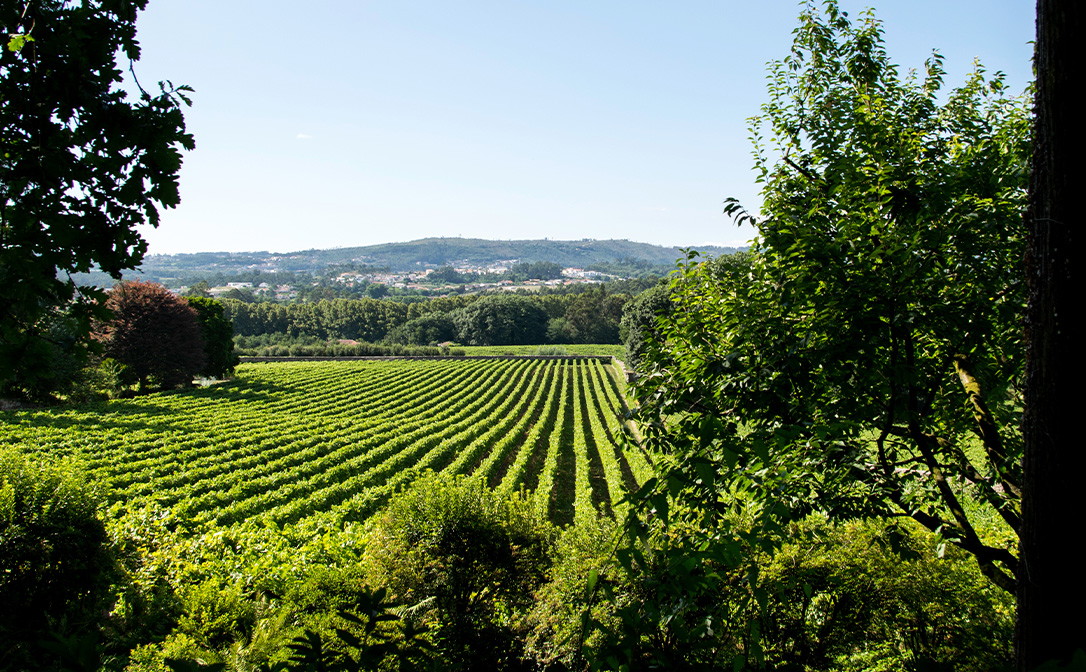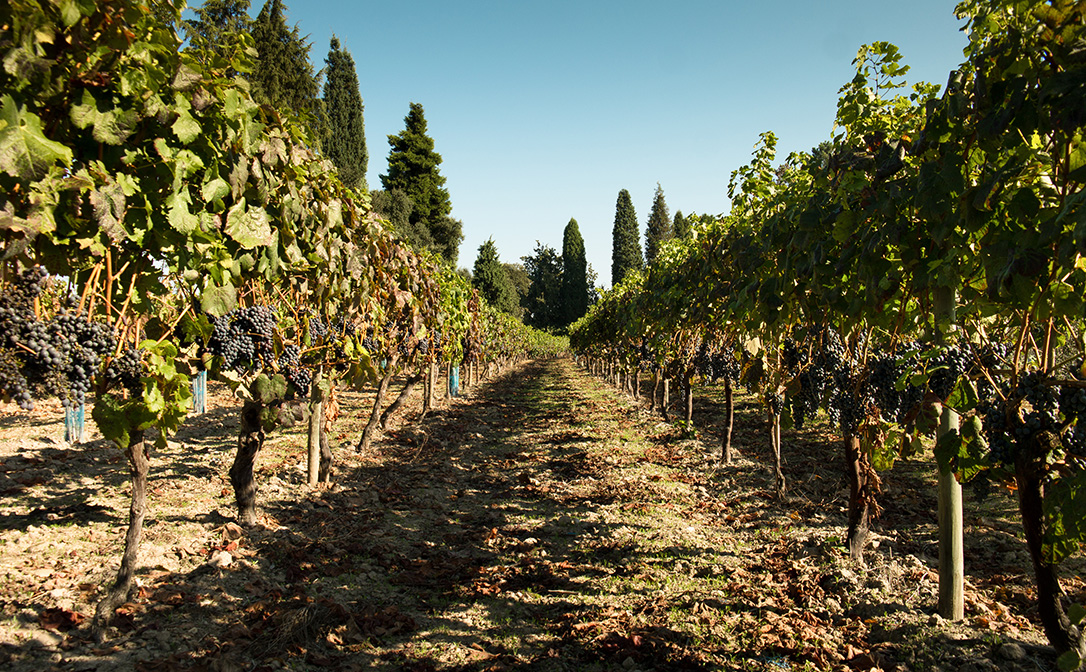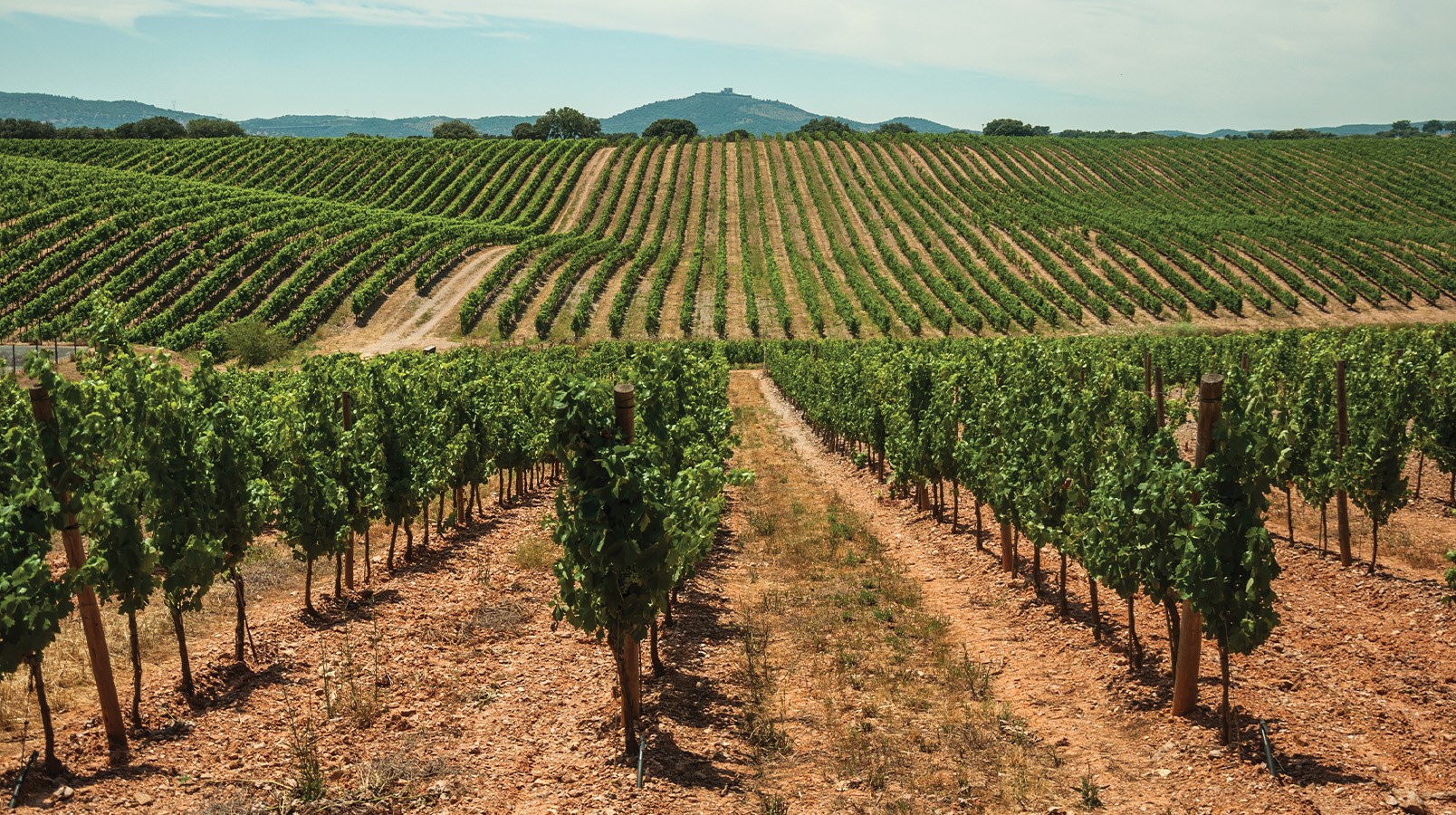Portugal is home to more than 250 indigenous grape varieties, and most of them can only be found there. The country has also a great diversity of regions, climates and cultural practices, increasing, even more, the range of wine styles that can be explored by the curious wine lover. Please note that some of the following grapes are given different names, depending on the region where they are planted.
White grapes
Fernão Pires
[fer-now-pee-resh]
This is one of the most widely planted white grape varieties in Portugal, able to produce high yields and create aromatic wines with linden and orange blossom aromas. As it’s early budding and ripening, the time of harvest is key: it can rapidly lose its acidity. Fernão Pires is also known as Maria Gomes in the Bairrada region, where it has probably been planted for longer than in any other Portuguese region.
If you'd like to learn more about wine production from 15 different countries and 63 key regions, the Level 3 Award in Wines is a great fit for you.

Vineyards in Vinho Verde DOC
Alvarinho
[al-vuh-reen-yoh]
Portugal and Spain dispute the origin of Alvarinho (known as Albariño in Spain) on the border of the Vinhos Verdes and Galicia regions. Its fruity and floral aromas (lemon, orange and jasmine) combined with its high acidity (especially if the yields are controlled) make it a popular grape even outside these two countries, in places like California, Australia or New Zealand.
Arinto
[ah-reen-toh]
This is one of the most versatile Portuguese white varieties. It is thought to come from Bucelas DOC in the Lisboa region (which is why it is also called Arinto de Bucelas). However, it is grown in several regions, being well adapted to regions with a strong Atlantic influence like Bairrada and Vinho Verde (where it has the name Pedernã) and warmer ones like Alentejo, as it keeps its high acidity and tolerates water shortages. Alone or in a blend, it helps high quality wines to age.
Black grapes
Baga
[bá-gah]
Baga is one of the most versatile Portuguese black grape varieties, as it can create varietal white, red or rose sparkling wines, light and fruity red wines, and also powerful and age-worthy wines. It displays black fruit, olives and dried herbs aromas and flavours with high levels of acidity and tannins. Its origin is probably the Dão region, but it’s in Bairrada, with its well-drained chalky-clay soils that it has gained and maintained its popularity, with all the previously mentioned styles of wine.

Vineyards in Bairrada DOC
Castelão
[cash-te-lao]
Castelão is widely planted around Portugal and is particularly dominant in the south of the country in the regions of Setubal, Lisboa and Alentejo. It produces different styles depending on its growing conditions, with warm sites giving full-bodied, structured wines with ripe black fruit flavours, and cooler sites giving much more delicate wines for earlier drinking. It’s a cross between Cayetana Blanca (white variety) and Alfrocheiro (black variety) and is in general very sturdy and disease resistant. The wines can vary in style, but the ones from controlled yields and chalky-clay soils near the Atlantic Ocean can produce lighter, paler wines with high acidity.
Touriga Nacional
[toe-ree-gah nahss-YOH-nal]
Touriga Nacional is nowadays planted all over the country, but there were times (not so long ago) when the planted area was significantly smaller, mainly due to its low productivity. It’s used to make still red wines and Port wines with fruity and floral aromas (blackcurrants, bergamot, violets), with high levels of acidity and tannins. Because it thrives well in warm climates with low levels of rain, it has become one of the new varieties allowed to produce Bordeaux/Bordeaux Supérieur AOC wines (in 2020), as a way for the region to be prepared for climate change.
If you're ready to sign up for a course to keep learning about the different grape varieties of the world, head to our Where to Study page to find the right course provider for you.
This blog was written by Sara Rodrigues e Matos, WSET Certified Educator, The Wine House
Related content:
- Lesser known grape varieties of Italy
- Understanding wines: Port
- If you liked that, why not try this?


